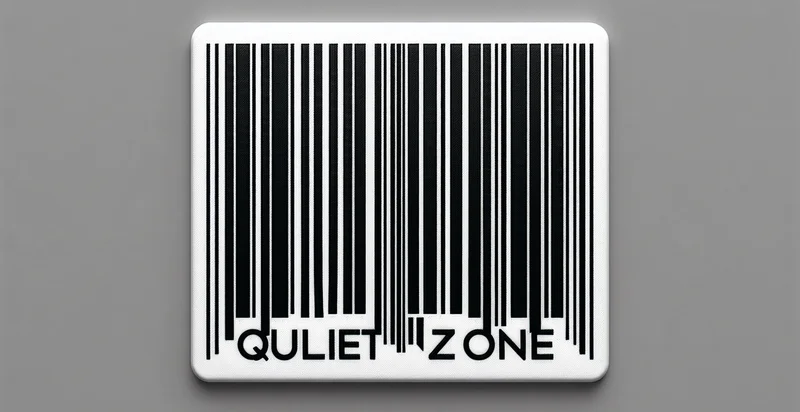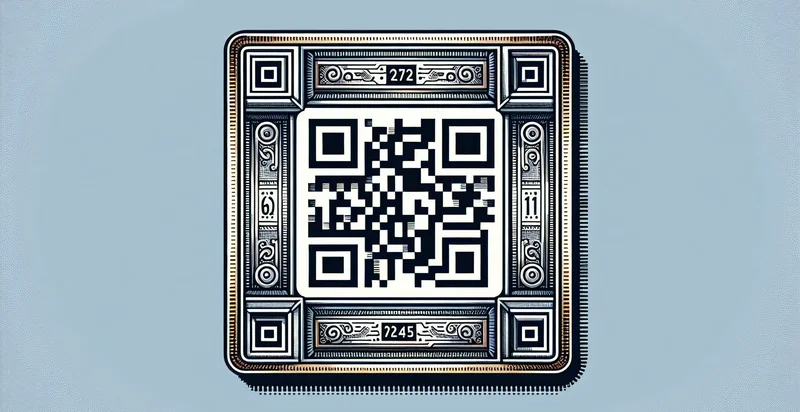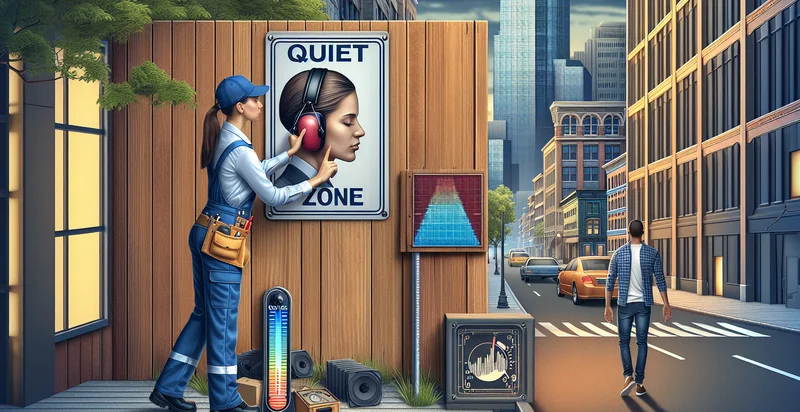Identify if quiet zone is marked
using AI
Below is a free classifier to identify if quiet zone is marked. Just upload your image, and our AI will predict if it's a quiet zone - in just seconds.

Contact us for API access
Or, use Nyckel to build highly-accurate custom classifiers in just minutes. No PhD required.
Get started
import nyckel
credentials = nyckel.Credentials("YOUR_CLIENT_ID", "YOUR_CLIENT_SECRET")
nyckel.invoke("if-quiet-zone-is-marked", "your_image_url", credentials)
fetch('https://www.nyckel.com/v1/functions/if-quiet-zone-is-marked/invoke', {
method: 'POST',
headers: {
'Authorization': 'Bearer ' + 'YOUR_BEARER_TOKEN',
'Content-Type': 'application/json',
},
body: JSON.stringify(
{"data": "your_image_url"}
)
})
.then(response => response.json())
.then(data => console.log(data));
curl -X POST \
-H "Content-Type: application/json" \
-H "Authorization: Bearer YOUR_BEARER_TOKEN" \
-d '{"data": "your_image_url"}' \
https://www.nyckel.com/v1/functions/if-quiet-zone-is-marked/invoke
How this classifier works
To start, upload your image. Our AI tool will then predict if it's a quiet zone.
This pretrained image model uses a Nyckel-created dataset and has 2 labels, including Marked and Unmarked.
We'll also show a confidence score (the higher the number, the more confident the AI model is around if it's a quiet zone).
Whether you're just curious or building if quiet zone is marked detection into your application, we hope our classifier proves helpful.
Related Classifiers
Need to identify if quiet zone is marked at scale?
Get API or Zapier access to this classifier for free. It's perfect for:
- Noise Monitoring in Libraries: This function can be used to identify and manage noise levels in library settings. If a 'quiet zone' is marked, the system can alert staff when noise surpasses acceptable levels, ensuring a conducive study atmosphere for patrons.
- Classroom Management: Educators can utilize this function to enforce noise guidelines within classrooms. By marking 'quiet zones,' the system can help maintain appropriate volume levels during lessons or exam periods, enhancing the learning environment.
- Healthcare Facilities: Hospitals and clinics can integrate this function to manage noise in sensitive areas such as recovery rooms or nurseries. By monitoring designated 'quiet zones,' staff can be informed of disturbances that may affect patient comfort and recovery.
- Co-Working Spaces: Co-working spaces can leverage this function to improve the work environment for users. By marking 'quiet zones' and receiving alerts when noise levels rise, management can maintain a productive atmosphere that is appealing to professionals.
- Residential Communities: Homeowner associations can implement this function to enforce noise regulations within shared living spaces. By identifying 'quiet zones,' the system can provide feedback to residents about noise violations, fostering a peaceful community.
- Public Transport Management: This classification function can be used in public transport systems to identify and enforce 'quiet zones' on trains and buses. If such zones are marked, alerts can be triggered for passengers and staff when noise levels exceed regulations, promoting a more pleasant travel experience.
- Event Venues: Event organizers can use this function to help manage noise levels during events. By designating 'quiet zones,' they can ensure that areas for relaxation or conversation are maintained at appropriate volume levels, enhancing the overall experience for attendees.


